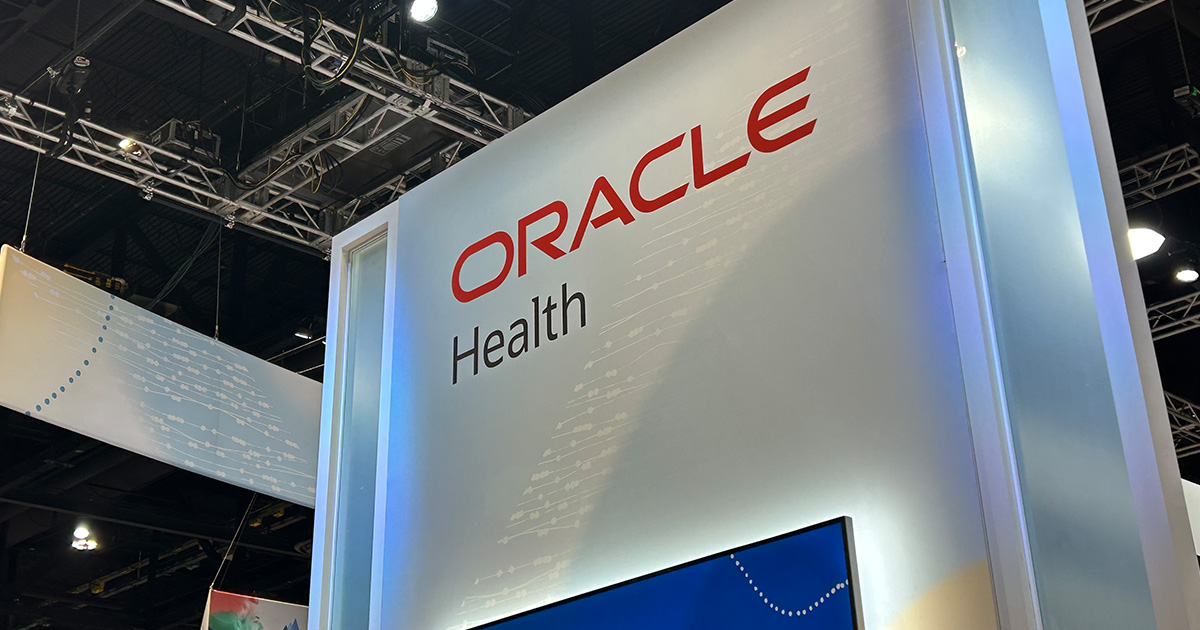What was the genesis of the Allscripts merger? Some people are saying you should have done it sooner.
“Any great merger always begins with clients. We’re fortunate to share some of the really, really good clients – some of the market leaders, such as Columbia New York Presbyterian, Lahey Clinic, Hartford Hospital or West Penn, names that are kind of legendary names and, of course, Long Shore Long Island Jewish. Those organizations, who are long-time and satisfied Eclipsys users, are also users of Allscripts electronic health records and other services. They’ve pushed us to work together more closely. So the good news is that for people who say we should have started sooner, we have started. Could we have done it sooner? We think the timing was perfect.
What does Allscripts bring to Eclipsys in terms of organization, management, culture and market development skills?
First and foremost the market is demanding an end-to-end integrated solution. What hospital customers want most is to connect to physician groups out in the market because that’s where hospitals get their revenue. Each physician is worth between $1 million and $3 million based on some recent studies. Allscripts has more than 40,000 practices for these hospitals to connect with. The strategic rationale for the business makes sense. We think that we bring very solid management that builds on their successful management team. We do think that, given the quality of their software, we can help them market and sell it even more than they have in the past. This is software that, according to KLAS, was No. 1 in CPOE for the last seven years.
What is your biggest challenge going forward?
In any merger or acquisition, the first place you always start is people. We have to make sure that everyone shares in this joint vision. We believe they do. We believe we’ll spend a lot of time communicating internally to our folks in painting the breadth and scope of the opportunity and how they would fit into the future. The next step is technology. The good news there is that because we share a common architecture (Microsoft.net), and because we’re both close with Microsoft who will step in and help us in terms of any of the integration work we have to do, that one is further along. The last piece is a simple one – it’s simple to say; it’s harder to do – and that’ execution. We demonstrated with the merger with Misys that we know how to do these. We know how to execute. We have an industrial-strength management team with a group of people who’ve been through this before.
Which products do you need to integrate and how will that work?
The products are working in an integrated fashion today at certain of our sites. This is really about enhancing and extending the integration as opposed to beginning a process. There were teams working before the transaction because our clients had asked two independent companies to work together. That’s exactly what vendors should be doing. They shouldn’t be competing on holding back information. We’re very focused on interoperability. That’s happening at a number of companies. Our integration with Eclipsys, will, of course, be much deeper and much richer than it is with some of those other companies. That process has been under way. It will accelerate now, and we will have one application, which will be the market leader when that’s done.
What distinguishes the new Allscripts from your competitors, such as Cerner and McKesson and the others?
Every competitor is a little bit different. The hospital companies – the Cerners, the McKessons, the Epics have always been hospital focused and they never really had a usable product for the ambulatory physicians out there. That was OK until recently when people started to understand that those ambulatory physicians represented the lifeblood of large hospitals and integrated delivery networks. So, it became very critical to connect to those communities.
What are you reading?
There are some fascinating books that I think have application to this industry. I don’t actually do as much reading as I used to, but I do when I run. I listen to books on tape. With one or two of these I actually had insights that led us to changing what we’re doing in our business.
“The Age of the Unthinkable,” by Joshua Cooper Ramo, which talks about how you plan for what you can’t imagine. That’s true in business. Two years ago, did we think there would be a $30 billion stimulus? And did we think that hospitals like North Shore Long Island would not only be buying EHRs for their 1,200 physicians, but also for 7,000 unaffiliated physicians. We didn’t think that.
Other recent reads: “Predictably Irrational,” by Dan Arieli; and the “The Starfish and the Spider,” by Ori Brafman and Rod A. Beckstrom


